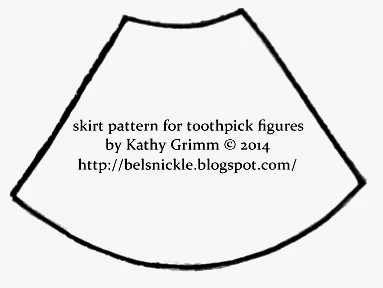 |
| Chalkware above is painted in traditional patterns associated with Danish blue china. Modern chalkware is most usually made from gypsum poured into plaster molds. Shapes like those painted above are easy to purchase in craft and hobby shops for only a few dollars each. I've hand-colored two baubles and an angel in blue for a Danish inspired Christmas tree. |
Chalkware refers to figurines either made of sculpted gypsum or cast from plaster molds and painted with watercolors;
most typically those made in one of two periods: the first beginning in
the late 18th century and ending by the beginning of the 20th century,
the second being during the Great Depression.
Those made during the first period were more typically serious art;
those during the second period were more typically somewhat jocular.
Early chalkware was often hollow and can be difficult to find
unblemished. (Wikipedia)
However, you can still purchase blank chalkware forms from many craft and/or hobby shops in America and paint these according to your own taste. These particular examples above were purchased at a Hobby Lobby. I hand-colored them with permanent ink markers and acrylic paints. Then I sealed them with a non-whitening acrylic gel medium.
However, you can still purchase blank chalkware forms from many craft and/or hobby shops in America and paint these according to your own taste. These particular examples above were purchased at a Hobby Lobby. I hand-colored them with permanent ink markers and acrylic paints. Then I sealed them with a non-whitening acrylic gel medium.
 |
| Fired, blank chalkware and porcelain may be easily purchased from your local hobby store; these came from Hobby Lobby. |
Supply List:
- chalkware baubles
- a variety of permanent, blue ink pens
- acrylic varnish or gel medium
- white acrylic paint
- pencil and eraser
- soft brush for applying paint and varnish
- Acquire chalkware blanks from your local hobby supply.
- Make sure these blanks have no cracks and that the surfaces are clean.
- Choose acrylics, inks, watercolor or even oil paints to decorate the surfaces with.
- You can draw some preliminary designs on the surface of the chalkware with a soft lead pencil. I've included links below to some internet resources that you can explore to view classical Danish patterns.
- Paint or draw your designs directly onto the surface of the chalkware before sealing it with an acrylic gel varnish or gel medium.
- Let the ornaments dry completely between all applications.
 |
| A closer look at some of the traditional Danish patterns I drew onto inexpensive chalkware ornaments. |
 |
| I think this chalkware shape is especially attractive. |













































